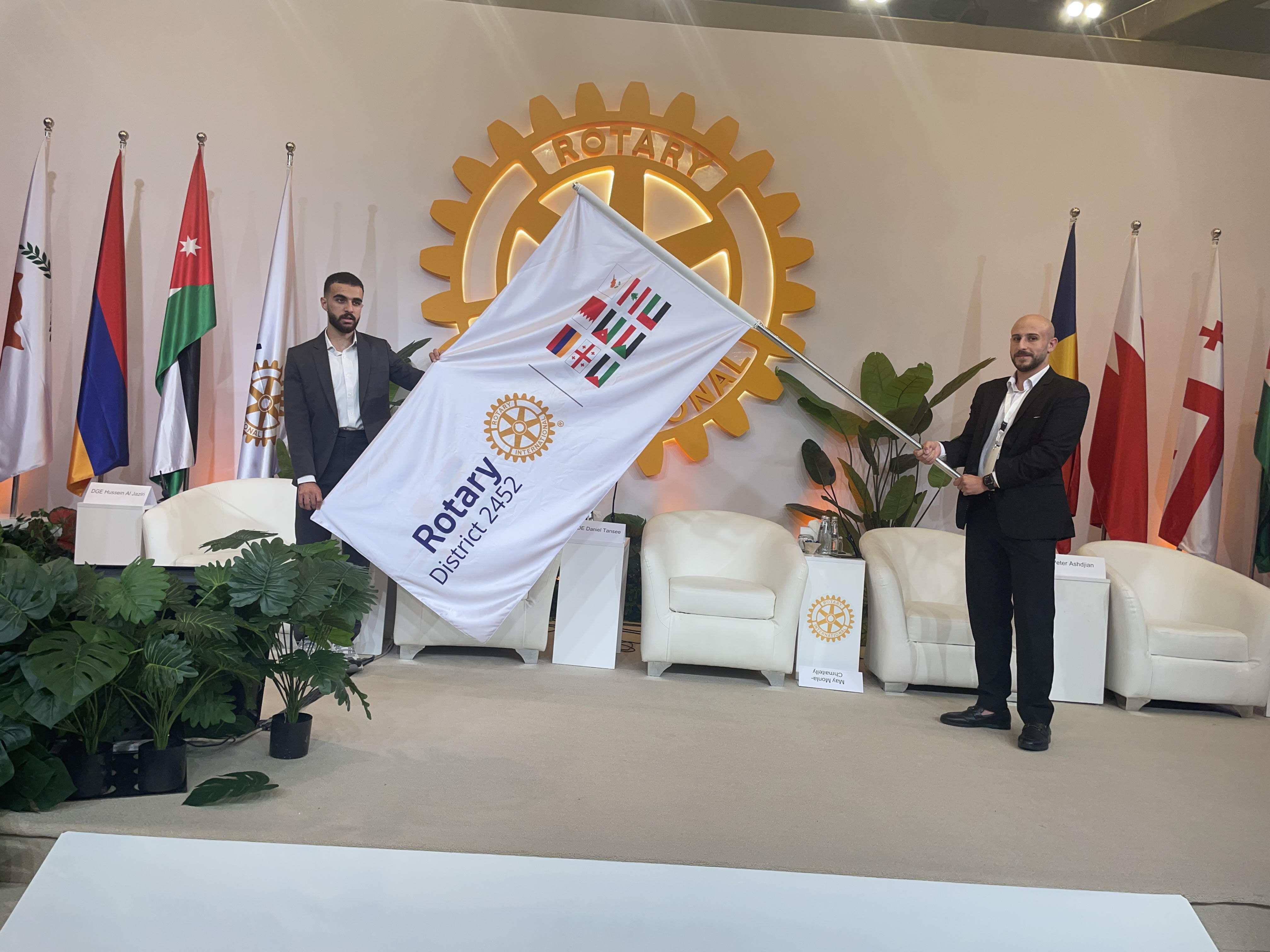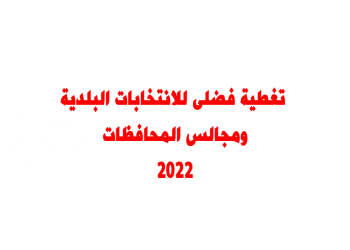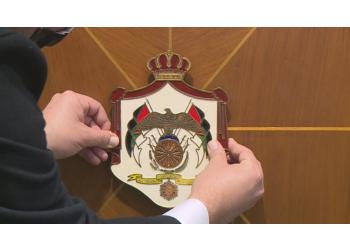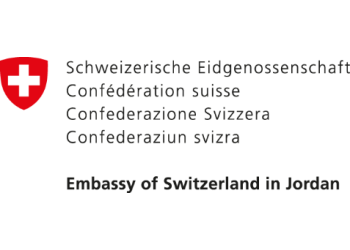Rotary District 2452 concludes a successful conference in Amman with a handover and a new logo

The leadership of the Rotary District 2452 for the coming year was officially handed over Saturday night during a gala dinner at Madaboon. Jordanian District Governor, Bashar Haddad, transferred the governorship to Emirati Hussein Al Jaziri. The next District 2452 conference will be held in Dubai in May 2025.
The regular events of the 11th Rotary District 2452 conference held in Amman on 27-29 June under the patronage of HRH Princess Basma Bint Ali, was concluded Saturday with the launch of a new logo representing the nine countries of Jordan, Palestine, Lebanon, Cyprus, Bahrain, UAE, Georgia, Armenia, and Sudan.
The conference kicked off with a festive event at the St. Regis Hotel Thursday evening in the presence of a keynote pro-environment speech by Princess Basma Bint Ali.
The second day’s panels focused on showcasing Rotary Clubs’ environmental activities, two Jordan panels focused on energy, water-green building, and nature-based environmental solutions. The third day of the conference centered on the relationship between the environment and technology (with emphasis on AI), eco-tourism, and sustainable Amman.
Speaking on the third day’s Jordan-focused panel, Engineer Basil Marji said that environmental change begins with planning. Marji praised the conference for producing a slogan that began with thinking. “Before being able to live green we need to think green which means that we need to change our lifestyle. We need to think of ways to save energy consumption, especially in the indoor environment such as with heating and air conditioning costs.
Marji also talked about the importance of smart cities giving an example of how an electronic platform using data analysis can help provide the public with information as to available parking spaces using electronic signs.
Walid Nabulsi, the climate program leader at Orange Jordan, explained how the telecommunication company educates its employees and customers on issues related to the environment to reach net zero reduction by 2050. “Our data centers apply smart energy, efficient systems our corporate leaders are updated on such data calculating the CO2 emissions.
Osama Hijjawi business development engineer at Sager Autonomous Robotics, said that technology and Artificial Intelligence are now used to monitor and optimize various sectors like agriculture and saving water consumption producing data to make systems minimizing environmental impact.
Mervat Batarseh, Strategic Develoment Director of the Royal Society Conservation Network (RSCN) noted that 2023 witnessed the highest income generating activities reaching 63% of the entire RSCN annual budget revenue. She said that the non-profit has been working hard in the preservation of nature sites all over Jordan covering 4% of the total Jordanian area.
RSCN has also provided environmental education, and its activities have pumped in six million JD in benefits to local communities.
Nisreen Daoud manager of the sustainable development program at the Greater Amman municipality outlined the challenges of a growing metropolitan capital with a population of 4.6 million representing 42% of the population of Jordan. The capital’s population is young with 41% of Ammanis today between the ages of 0-19. She said that the vision of Amman is organized, modern, smart, resilient, safe, attractive, lively, friendly, viable, and proud of its heritage and its authenticity. The challenges facing the city are its rapid urbanization, continuous influx of migrants, dependency on private cars, and climate-related challenges that have included extreme weather events including heavy rains leading to flooding, drought, and heat waves.
She said the city has published several related documents including Amman's resilience strategy, Climate plan, Amman Green City action plan, Amman Smart City roadmap, and a Voluntary local review. The Greater Amman Municipality has participated in the recent Sharm El Sheik CAP summit and has aligned with the Jordanian National Climate Change Policy 2022-2050














































